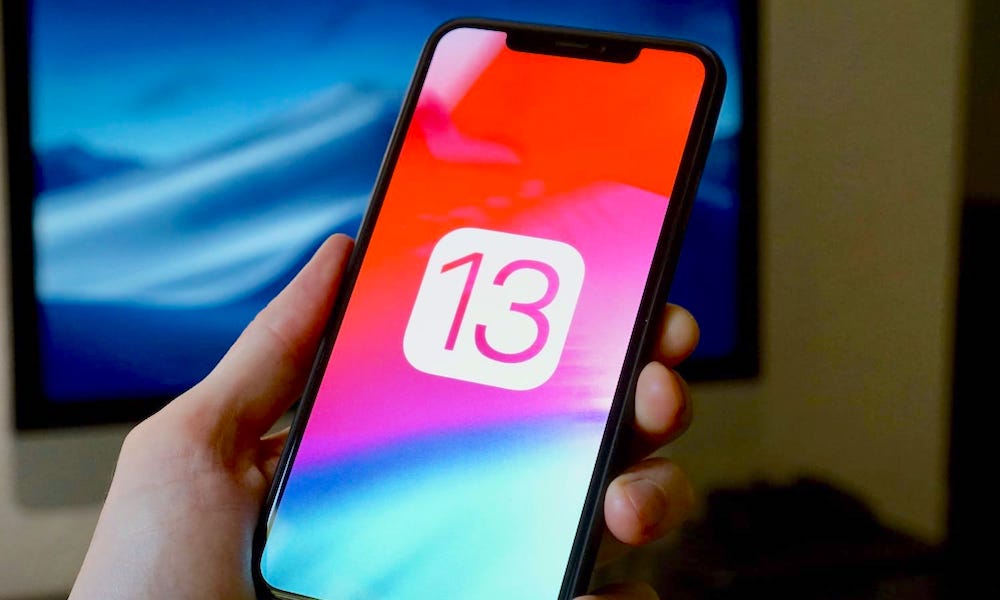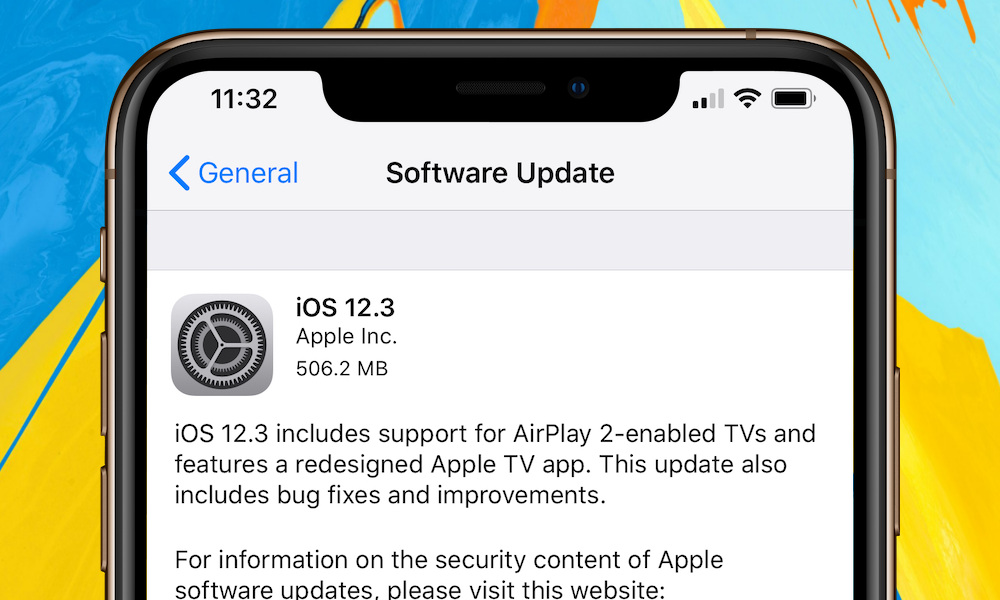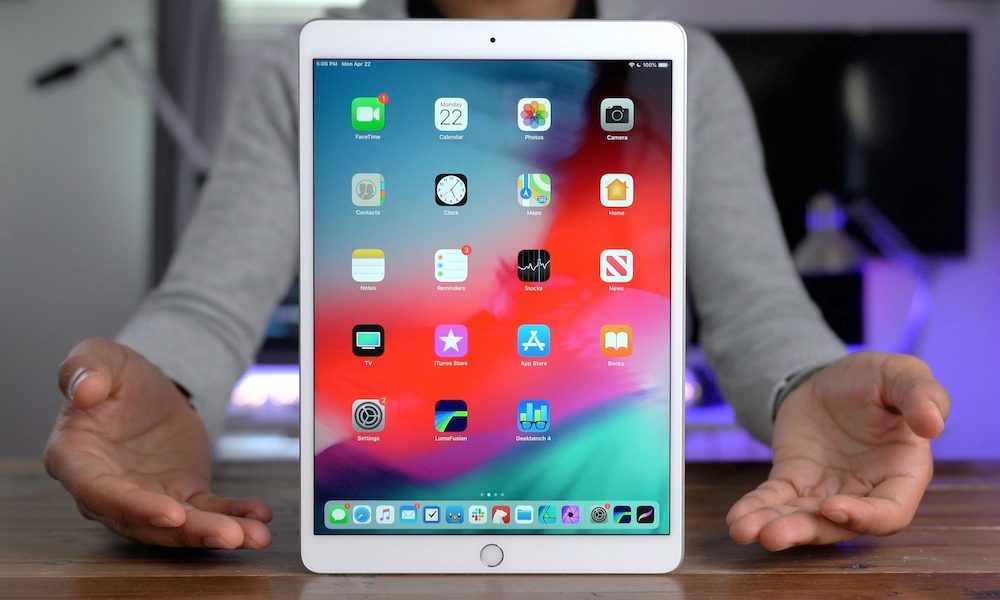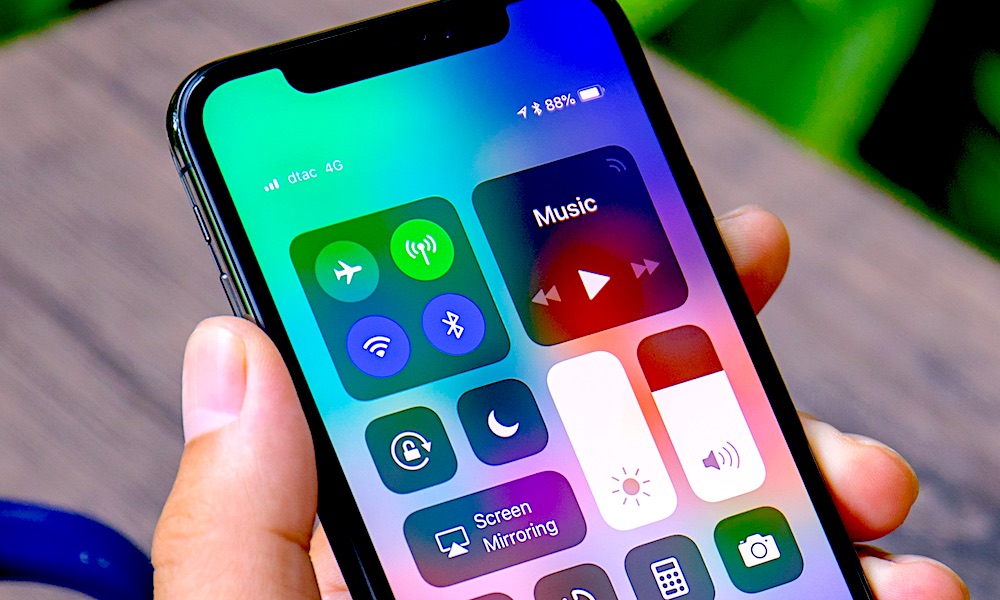4 Reasons Apple Kills iPhone, iPad Compatibility with New iOS Updates
 Credit: MacWorld
Credit: MacWorld
Apple regularly ends compatibility for its own devices as it upgrades iOS, eventually freezing older devices with a previous version of iOS. iOS 12, for example, wasn't compatible with iPhone 5, 5c, and earlier devices, nor early versions of the iPad. And now, iOS 13 won't be compatible with the iPhone 6, 5s and earlier.
Those of you who have older Apple devices have probably already noticed this, and how annoying that can be. Once iOS compatibility ends for a device, app compatibility starts to drop too, until you may not be able to use your favorite apps any longer.
But why does Apple do this? What's behind ditching support for old devices? Is it greed, or is Apple left with no choice? Let's take a look at the tops reasons Apple and similar companies have for making these decisions. Continue reading to lear 4 Reasons Apple Kills iPhone, iPad Compatibility with New iOS Updates.
Limited Memory Creates Issues for New Software
We've probably all encountered apps that stop functioning because they weren't compatible with a recent software update, forcing people to roll back the update or wait for the app to come out with a patch of its own (or sometimes, just deleting it altogether). Apple encounters this problem as well, but with its own software. Specifically, memory issues can make it difficult to keep supporting older devices.
Remember, Apple is constantly updating iOS with new features and with greater efficiency. Every iOS increases efficiency a little more, but it can only do so much with existing hardware.
Eventually, iPhone and iPad devices reach a state when they can no longer keep up with all of the features that iOS supports due to a lack of memory, and so they cannot be made any more efficient through software updates.
Apple has little incentive to make alternative versions of iOS that are missing important functions just so that they'll work on older devices. So instead, Apple cuts off support for devices that no longer have the memory to run its software. The more complex iOS becomes, the more devices are cut off, usually with a timeframe of 5 to 6 years or so.
Larger Framework Changes
Sometimes, Apple makes a major update to its hardware that leads to even faster loss of support. For example, the iPad Air replaced its 32-bit architecture with 64-bit architecture. This was a significant upgrade that made the iPad far more useful for complex tasks and future app support, so no one complained. But it also meant that new versions of iPad's iOS outstripped older iPads on a framework level, forcing Apple to leave it behind.
Battery and Power Issues
In addition to eating up memory, newer software also tends to consume a more significant amount of battery life. For new Apple devices, this isn't an issue, because Apple is consistently updating its battery technology too. But older devices can only hold and route so much power, and even replacing the battery isn't an ideal solution when the new version of iOS needs to draw more power at a time than that older battery can handle.
The result is usually a battery that runs out incredibly fast or an iPhone that crashes all the time. Rather than let these problems get worse and worse, Apple ends compatibility for new iOS updates on aging devices.
It Can Also Make the Company More Money
"Planned obsolesce" is term regularly thrown around at this point. It's the theory that Apple and similar companies plague their old phones with slowdowns and incompatibility issues on purpose, so that consumers will be pushed into buying newer versions of the phones, thus raising revenue for the company.
It doesn't appear this is the case, entirely. Apple isn't purposefully looking for ways to phase out old iPhones; the problems are just a side effect from all of the other issues that we mentioned previously. However, the opposite also seems to be true. Apple has little reason to support compatibility with older devices when consumers are likely to buy new models. It's not nefarious, but merely a part of any successful business.




